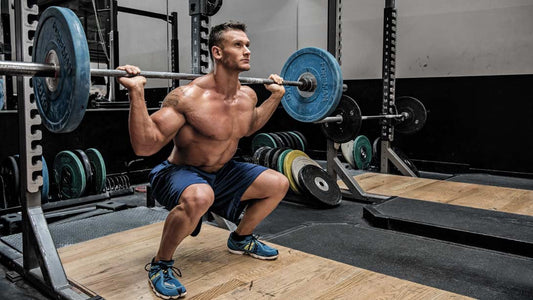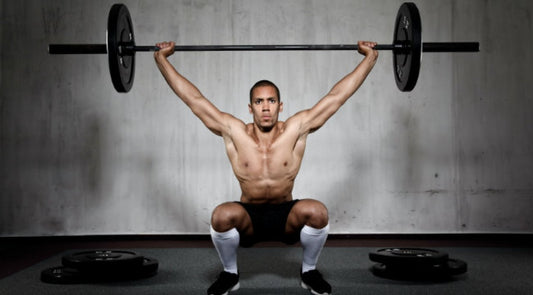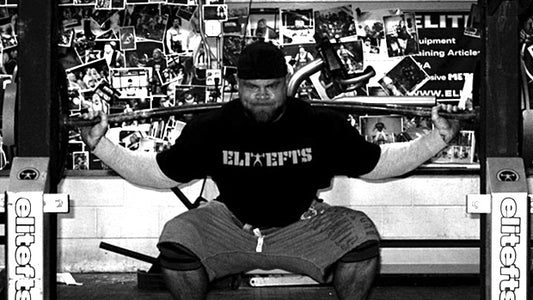CrossFit

Pause Squats – Top Reasons Why You Should Do Them
As a CrossFit athlete, there are several variations you can apply to a traditional squat to enable you to enhance your power, efficiency, as well as technique and translate to...
Pause Squats – Top Reasons Why You Should Do Them
As a CrossFit athlete, there are several variations you can apply to a traditional squat to enable you to enhance your power, efficiency, as well as technique and translate to...

Ideas on How to Develop Your Overhead Squat
In the CrossFit repertoire, the overhead squat is upheld as one of the most vexing movements. It puts to test your balance, flexibility, coordination, and strength. Because of this, many...
Ideas on How to Develop Your Overhead Squat
In the CrossFit repertoire, the overhead squat is upheld as one of the most vexing movements. It puts to test your balance, flexibility, coordination, and strength. Because of this, many...

Highly Recommended Squat Programs to Build a Be...
Squats are a great reflection of your power and strength but also serve as a yardstick to show you the far you have progressed in your workouts. The popularity of...
Highly Recommended Squat Programs to Build a Be...
Squats are a great reflection of your power and strength but also serve as a yardstick to show you the far you have progressed in your workouts. The popularity of...


